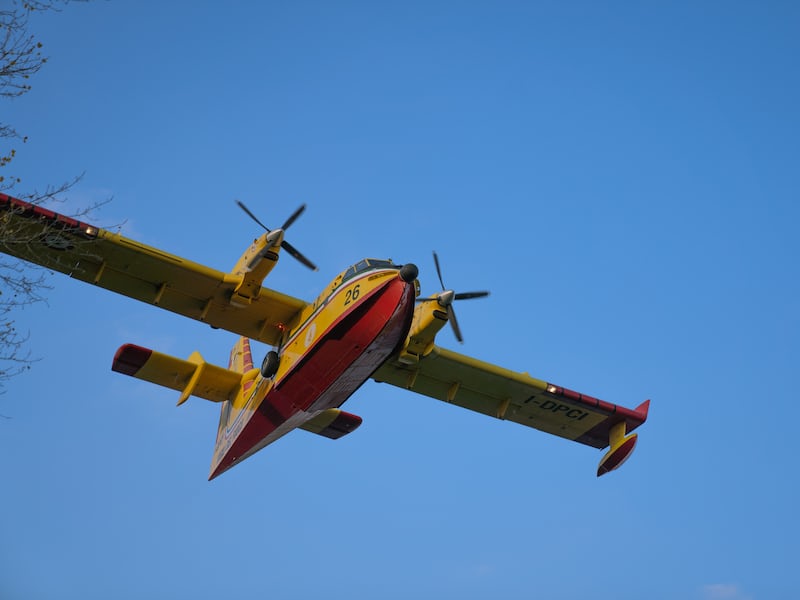
Ground handling safety is a critical aspect of aviation operations. Proper safety procedures and best practices must be followed to ensure the safety of passengers, crew, and ground personnel. In this article, we will explore the best practices and procedures for ground handling safety.
- Training
Training is crucial to ensure that ground personnel are aware of the risks and hazards associated with ground handling operations. Proper training should cover topics such as aircraft types, safety procedures, communication protocols, and emergency response. Ground personnel should receive regular refresher training to stay up-to-date with the latest procedures and best practices.
- Communication
Communication is essential to ensure that all ground personnel are aware of ongoing operations and potential hazards. Effective communication protocols should be established and followed to ensure that ground personnel is informed of any changes in aircraft status or potential hazards. Clear communication can help to prevent accidents and incidents.
- Personal Protective Equipment (PPE)
Ground personnel should wear appropriate personal protective equipment (PPE) to protect themselves from potential hazards. PPE may include safety glasses, hard hats, gloves, and high-visibility clothing. PPE should be provided by the employer and should be regularly inspected and replaced as necessary.
- Aircraft Inspection
Aircraft inspection is essential to ensure that the aircraft is safe for ground handling operations. Before any ground handling procedures are carried out, the aircraft should be inspected for any damage or defects that could pose a risk to ground personnel. Any issues should be addressed before ground handling procedures are carried out.
- Load Control
Load control is crucial to ensure that the aircraft is balanced correctly and that weight and balance limits are not exceeded. Proper load control procedures should be followed to ensure that the aircraft is loaded correctly and that weight and balance limits are not exceeded. Overloading or improper loading can result in a loss of control during takeoff or landing, leading to accidents or incidents.
- Ramp Safety
Ramp safety is critical to ensure that ground personnel are safe while working on the ramp. Proper procedures should be followed to ensure that ground personnel are not in the path of moving aircraft or equipment. Ground personnel should also be aware of the potential hazards associated with aircraft engines and should take appropriate precautions when working near aircraft engines.
- Emergency Response
Emergency response procedures should be established and followed to ensure that ground personnel are prepared to respond to any potential emergencies. Emergency response procedures should include protocols for responding to fires, fuel spills, and other potential hazards.
Conclusion
In conclusion, ground handling safety is a critical aspect of aviation operations. Proper safety procedures and best practices must be followed to ensure the safety of passengers, crew, and ground personnel. Training, communication, personal protective equipment, aircraft inspection, load control, ramp safety, and emergency response are all essential components of ground handling safety. Airlines must prioritize ground handling safety and invest in training and equipment to ensure that operations are carried out correctly. By following best practices and procedures, airlines can ensure that ground handling operations are safe and efficient.

